
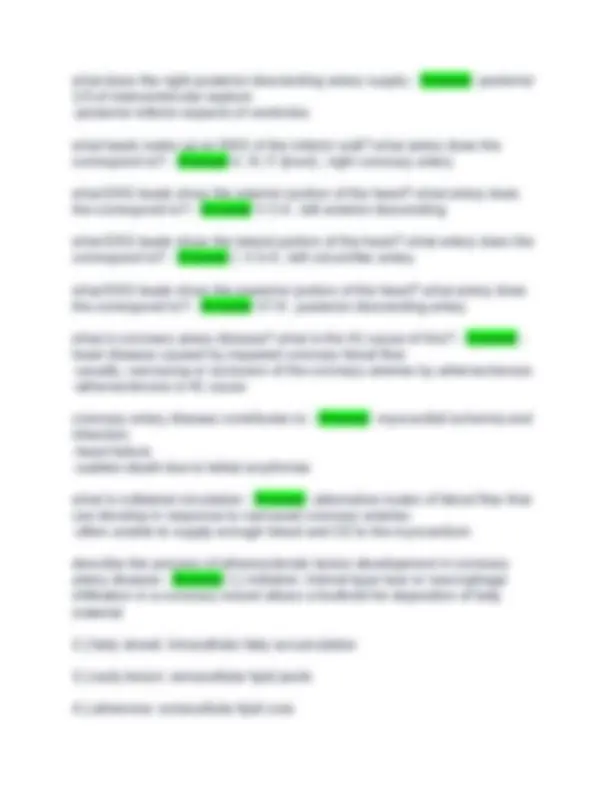
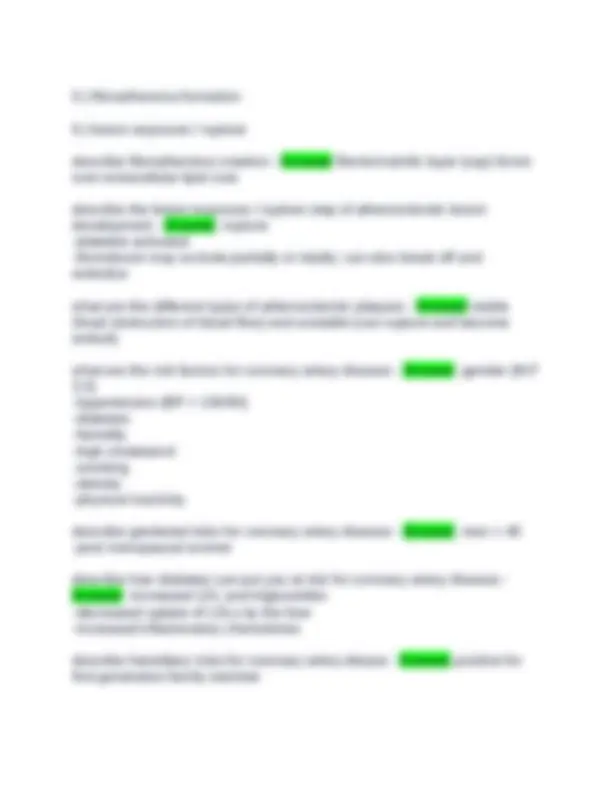
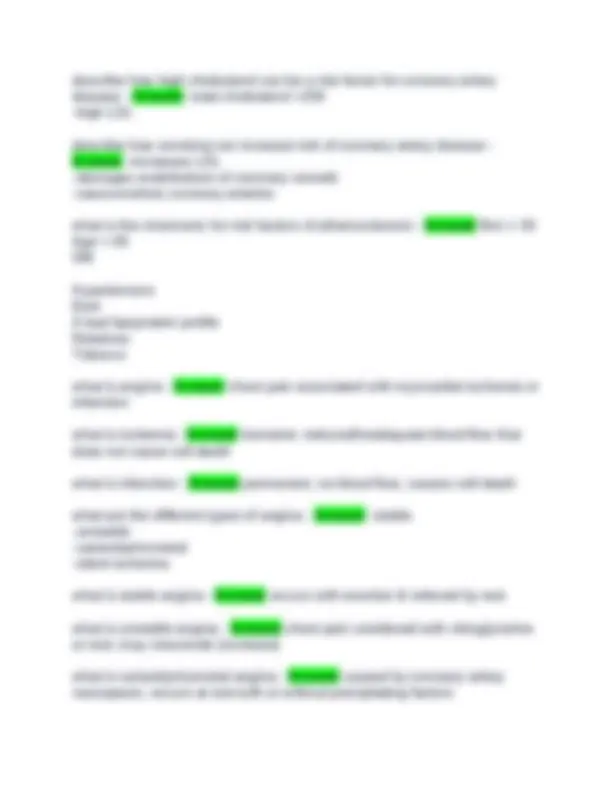
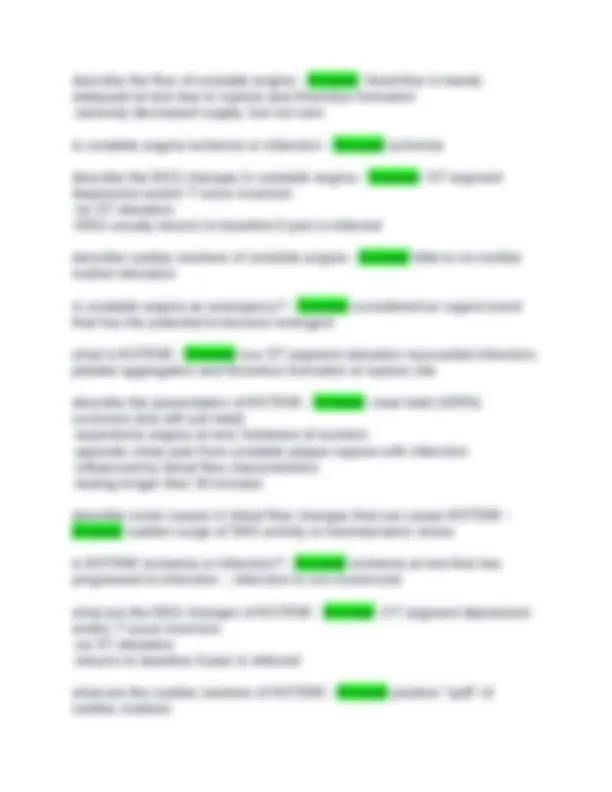
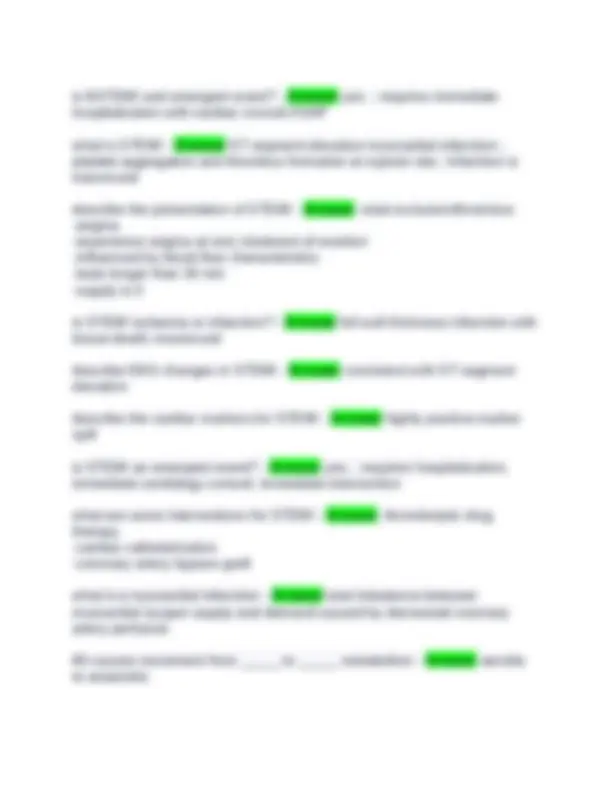
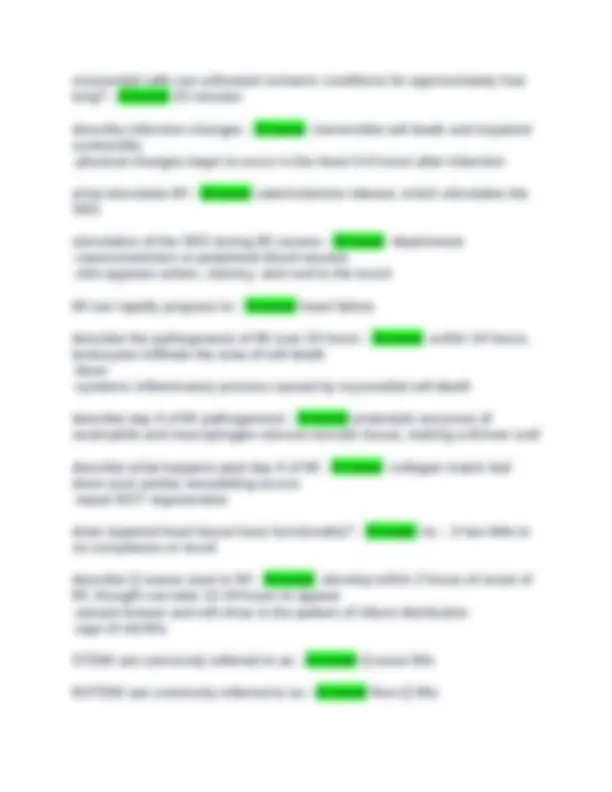
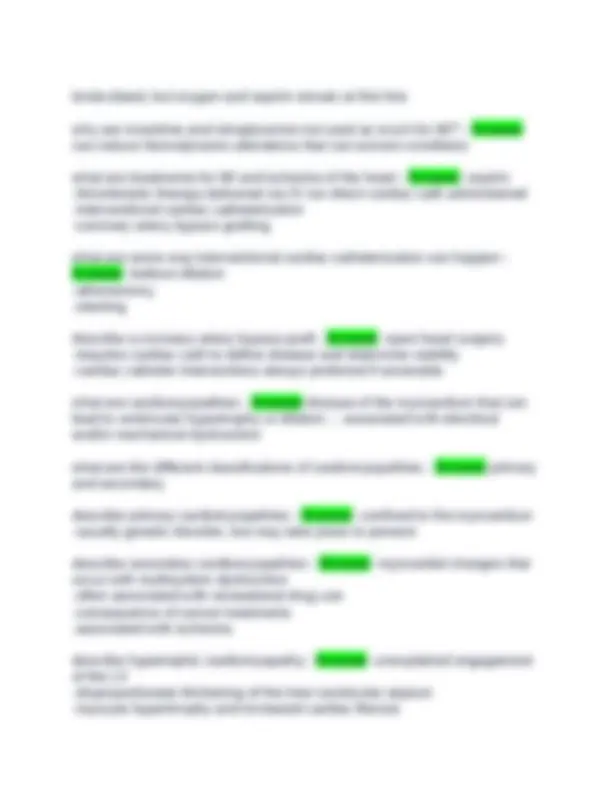
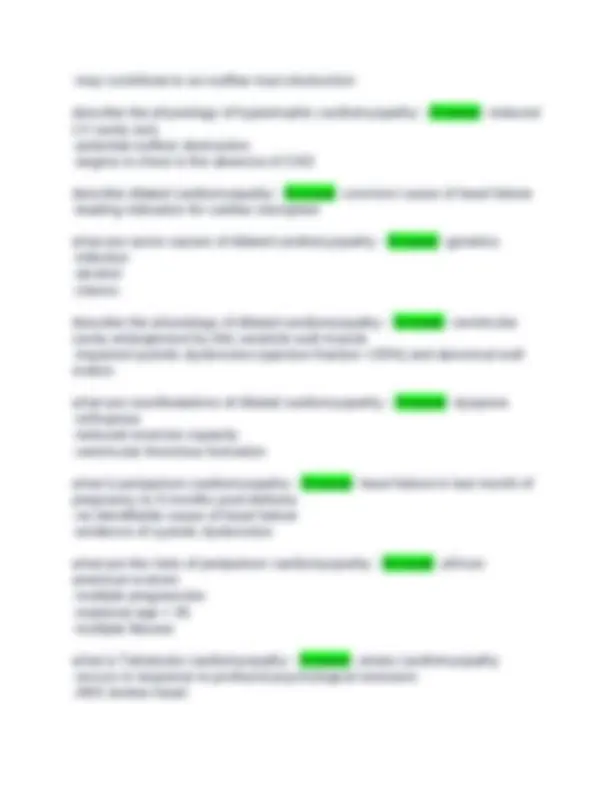
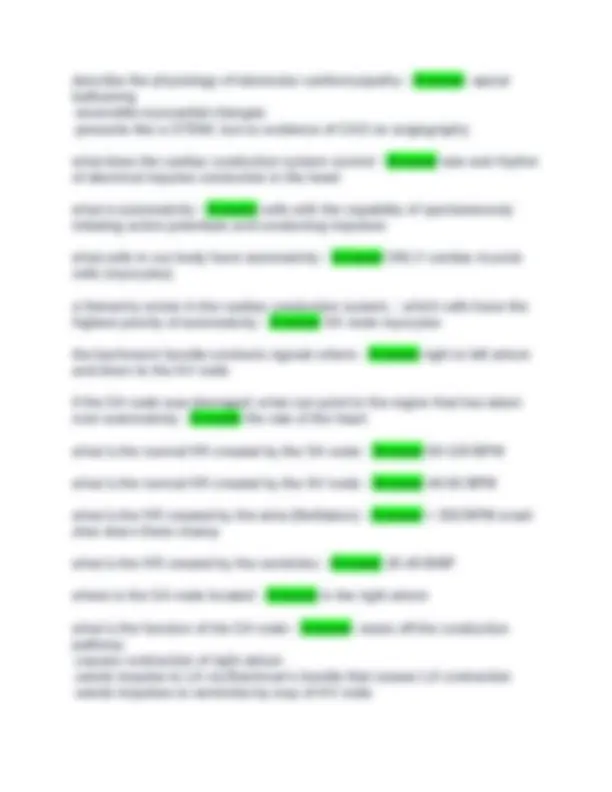
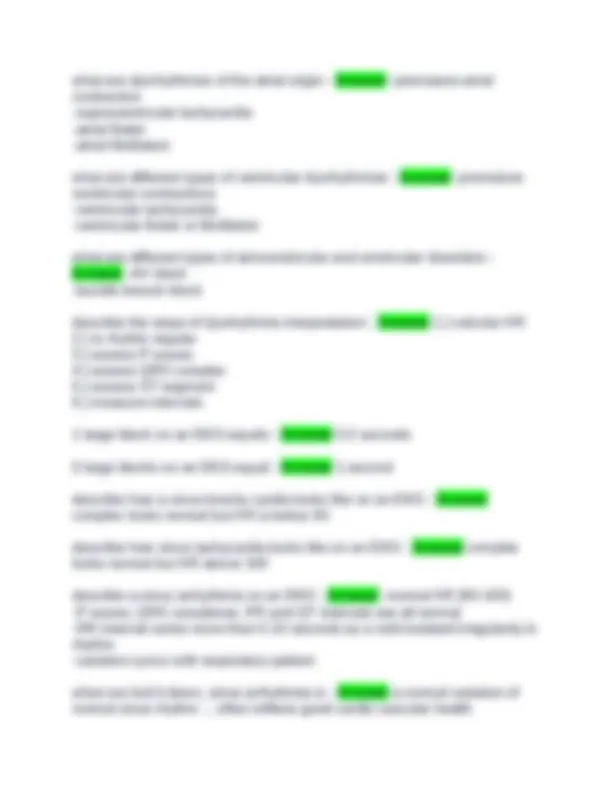
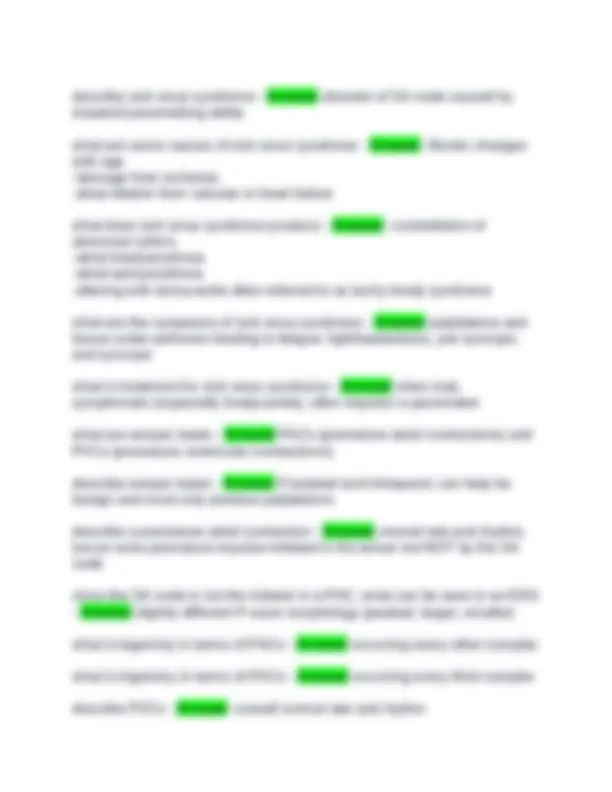
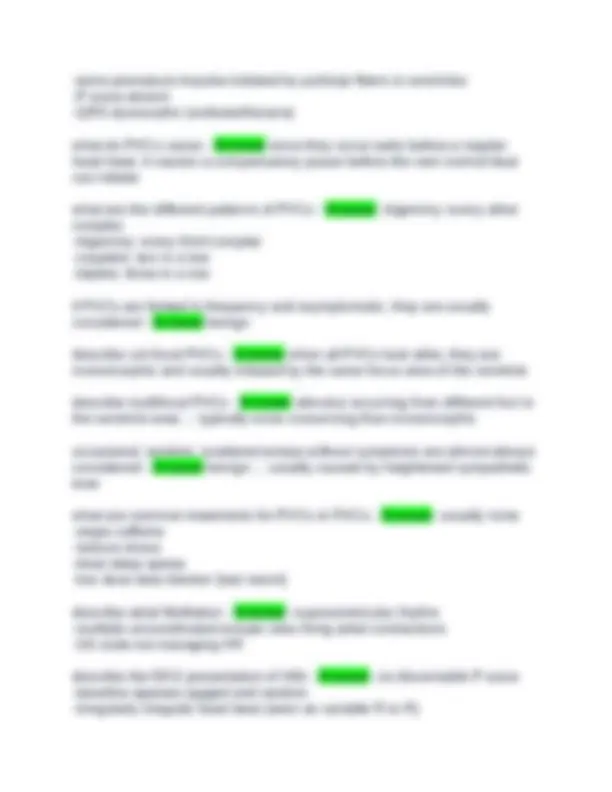
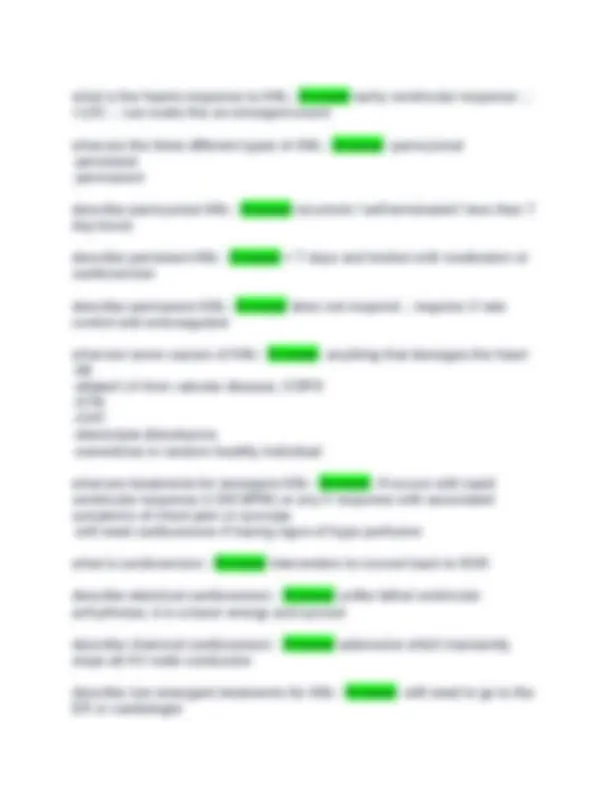
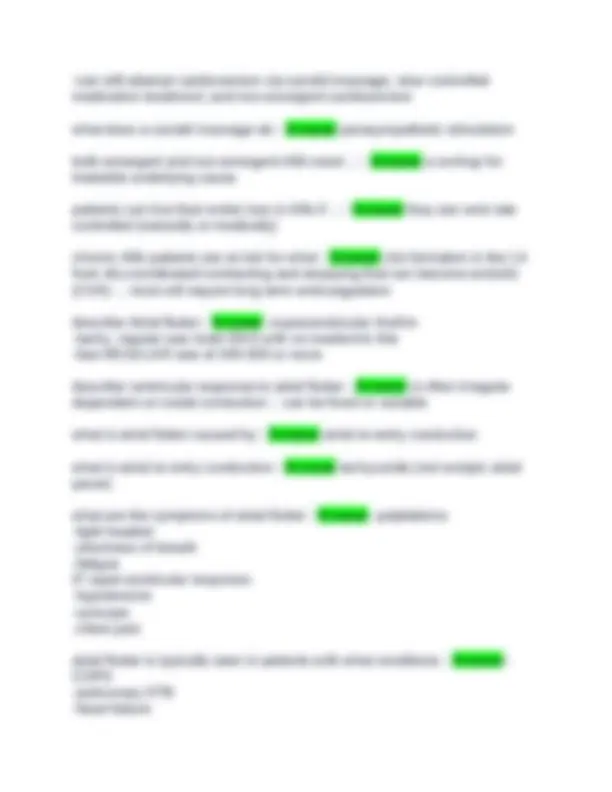
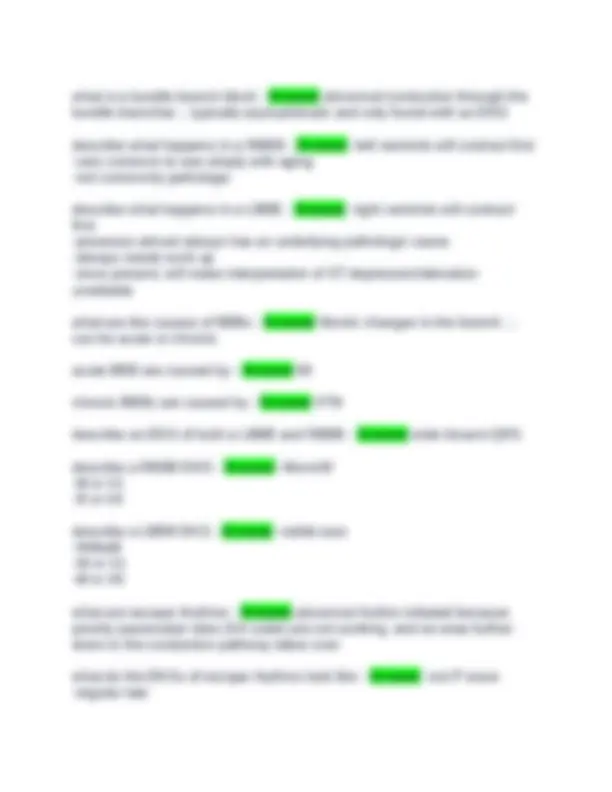
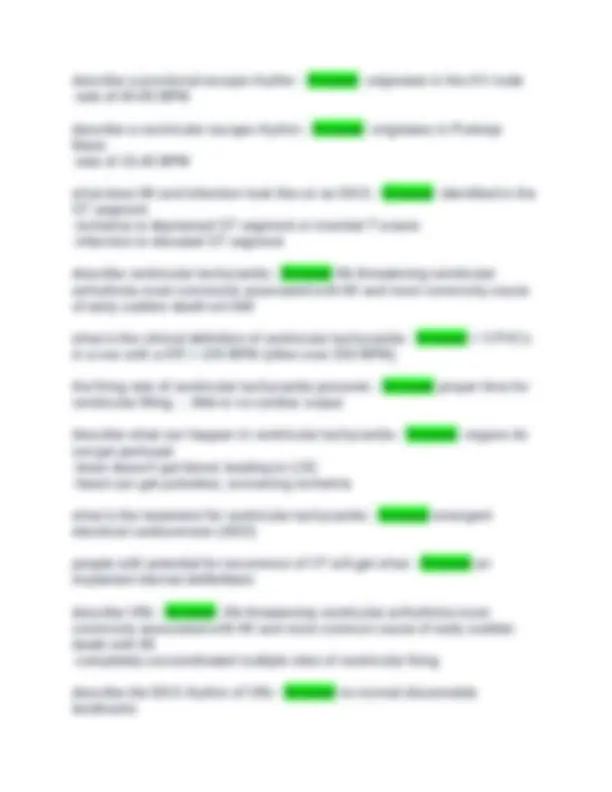
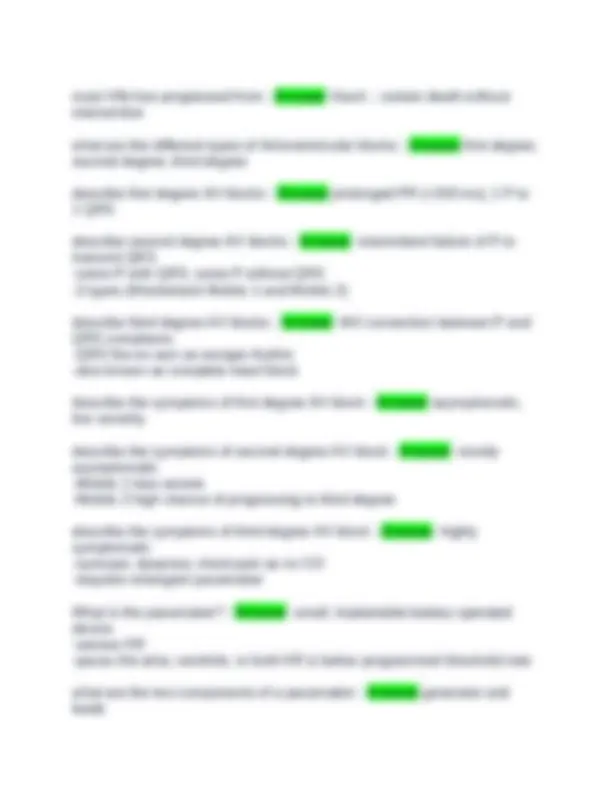
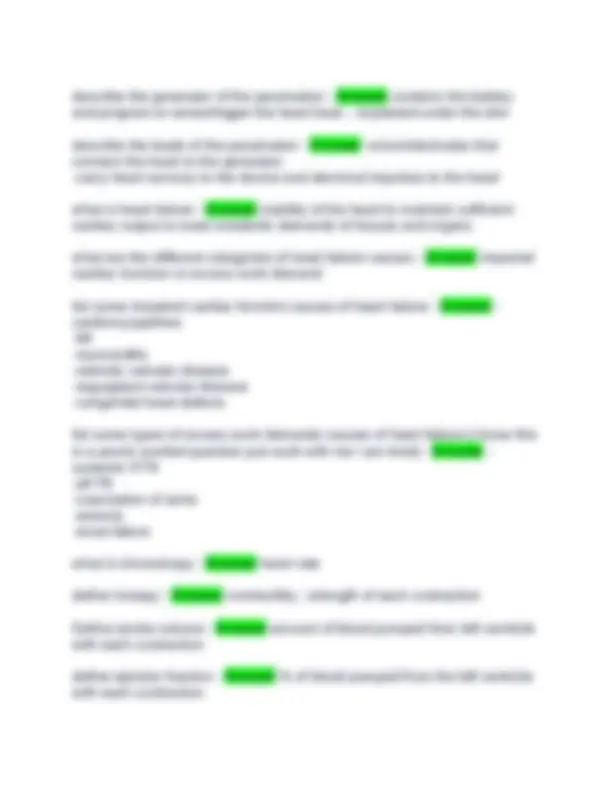
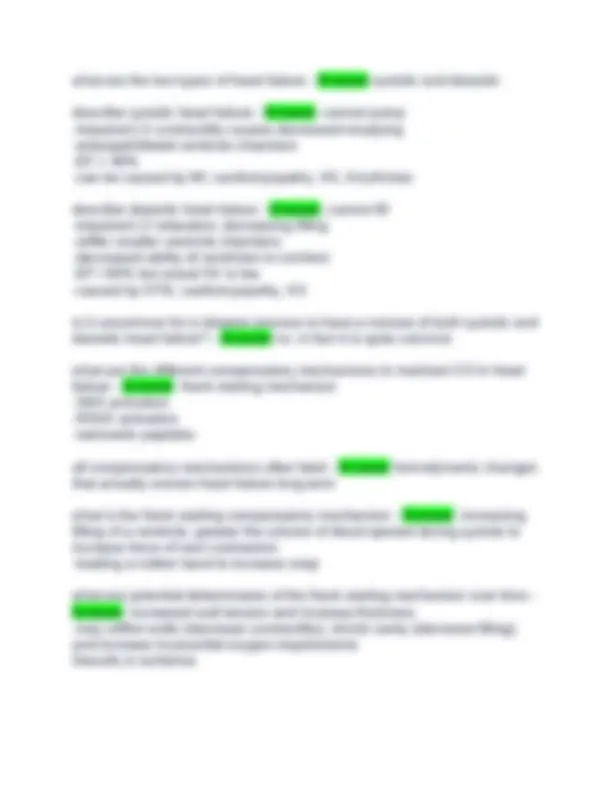
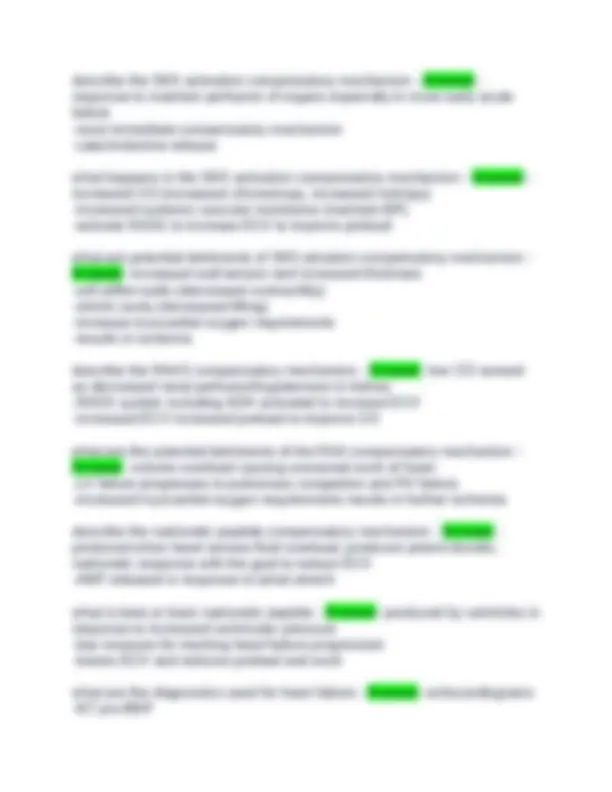
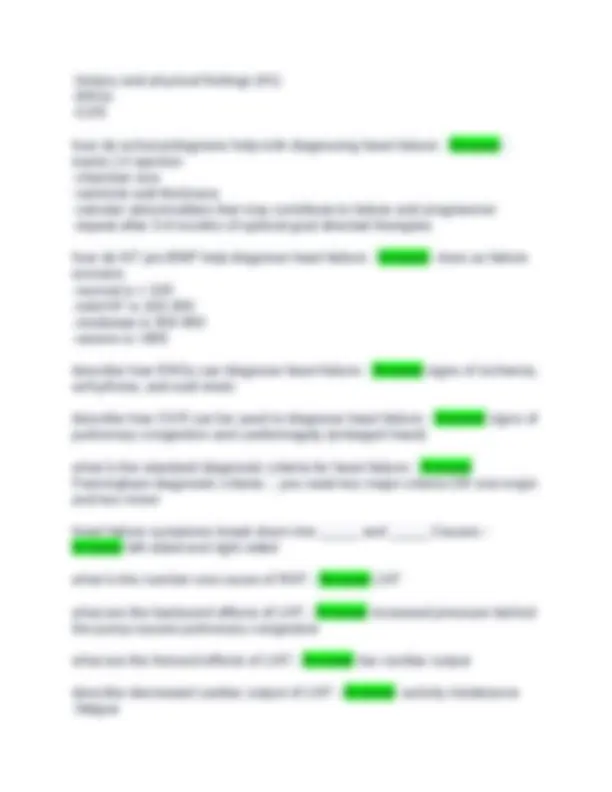
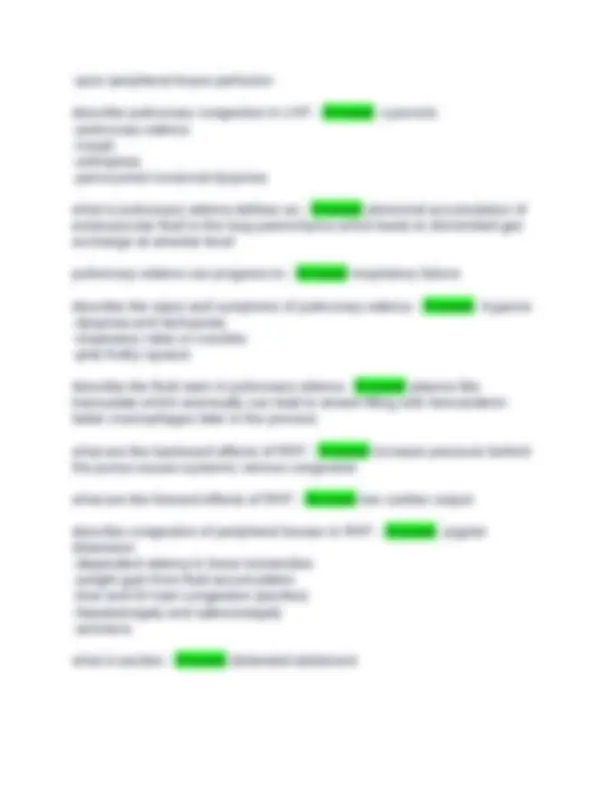
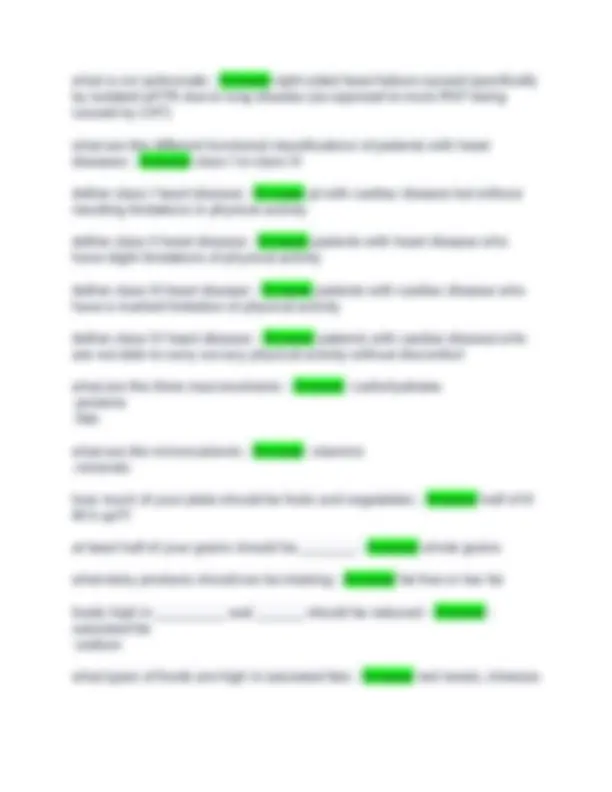
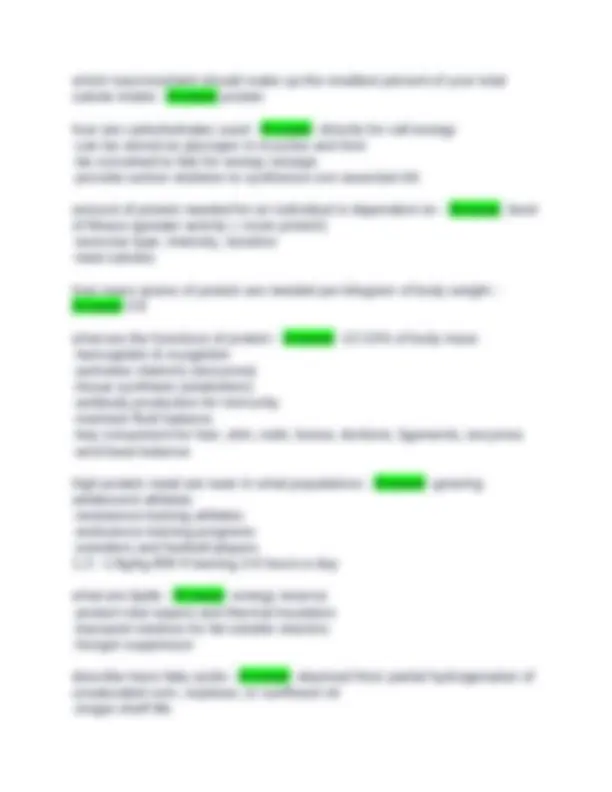
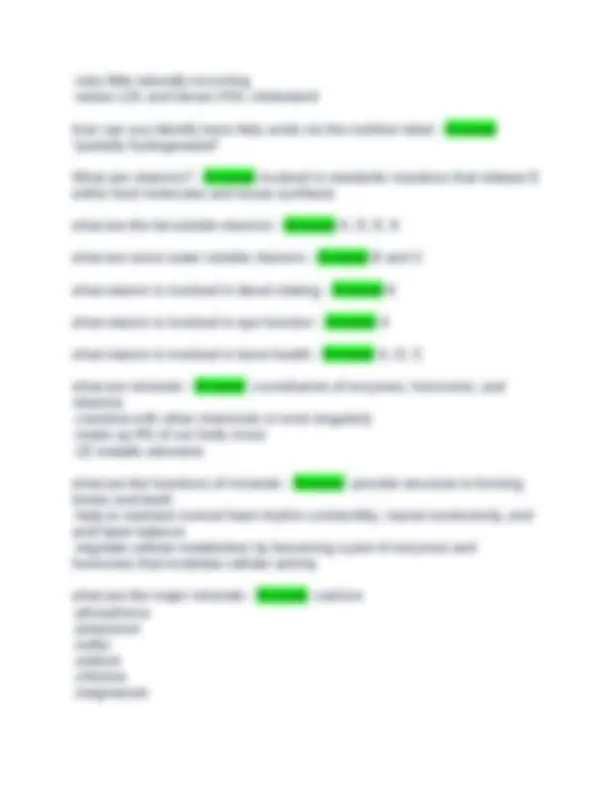
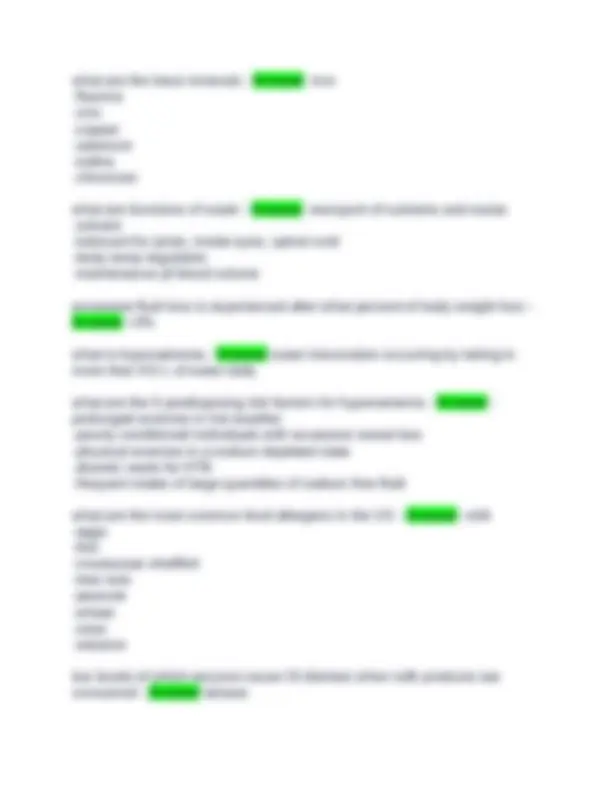
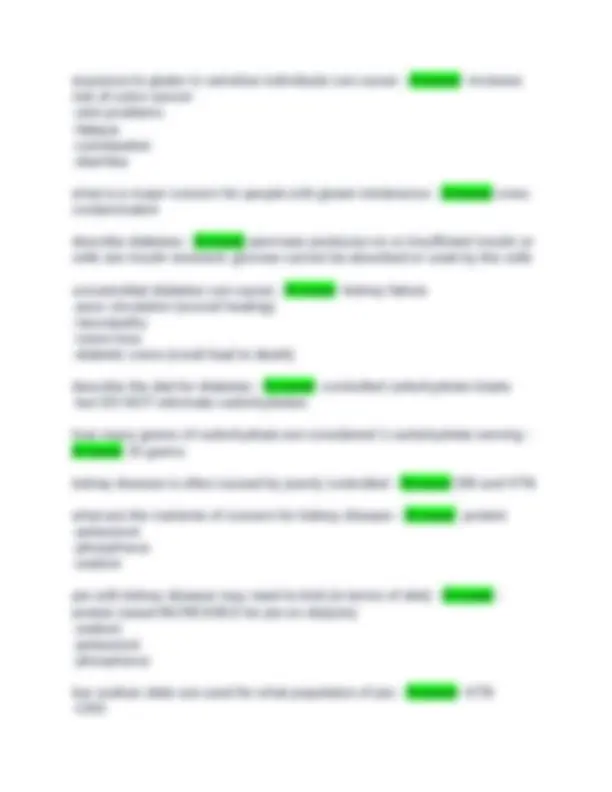
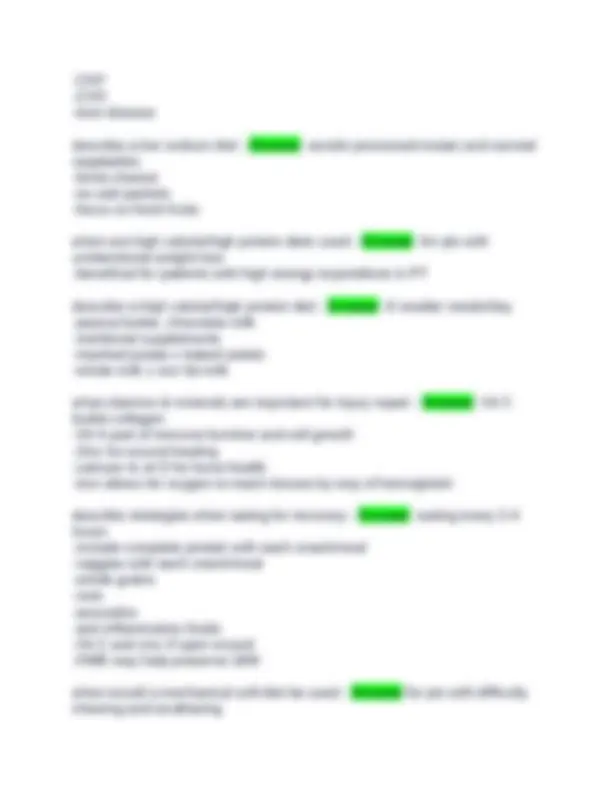
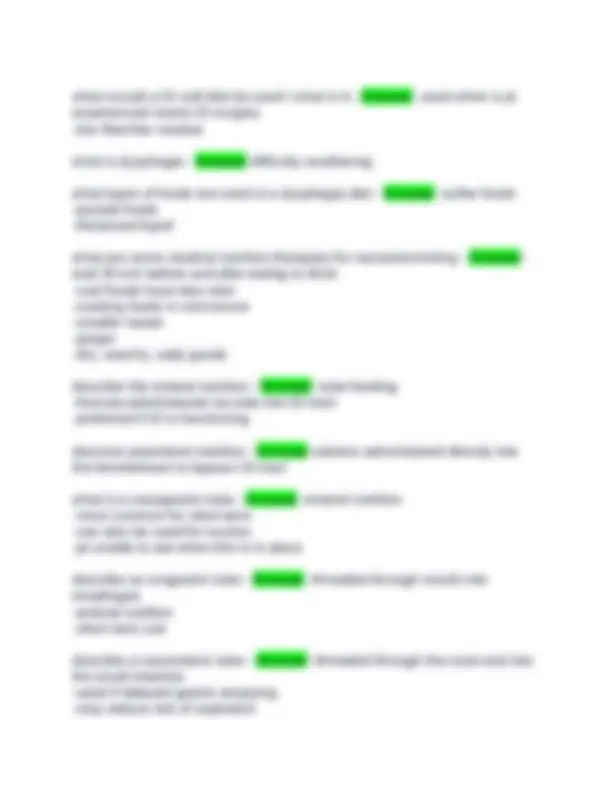
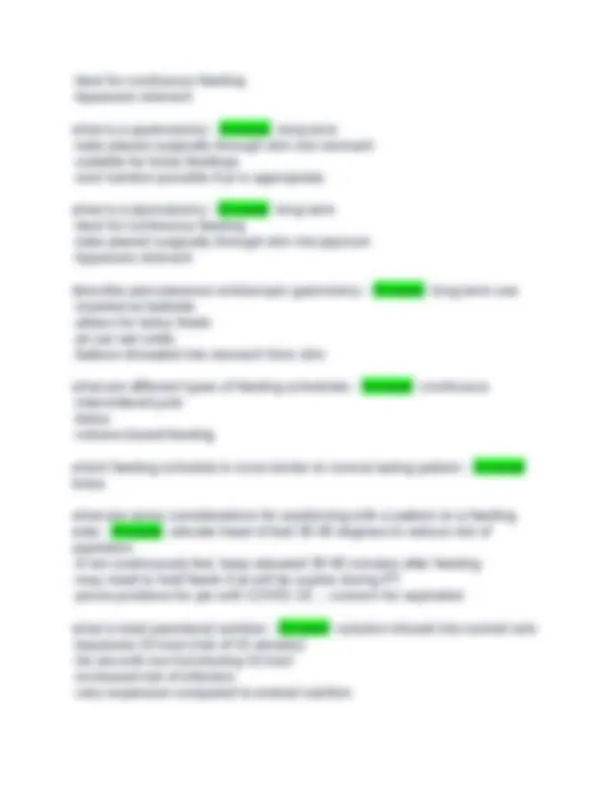
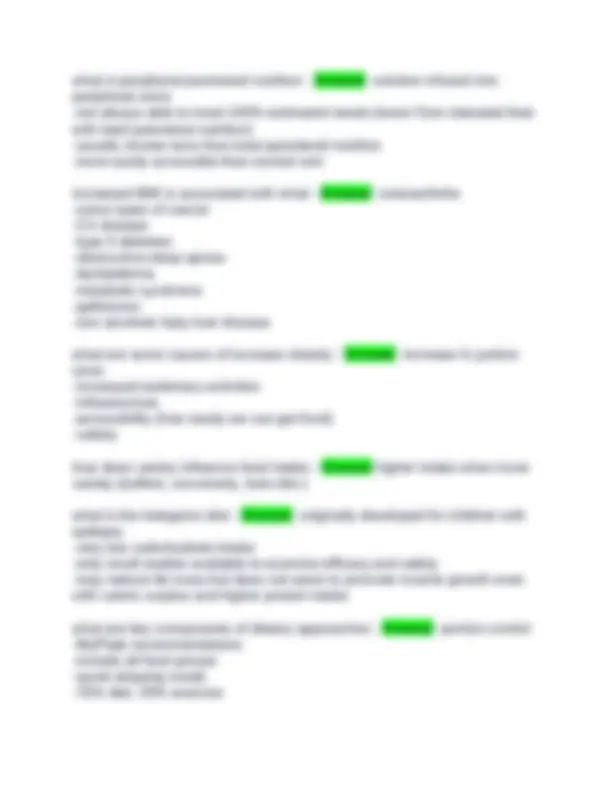
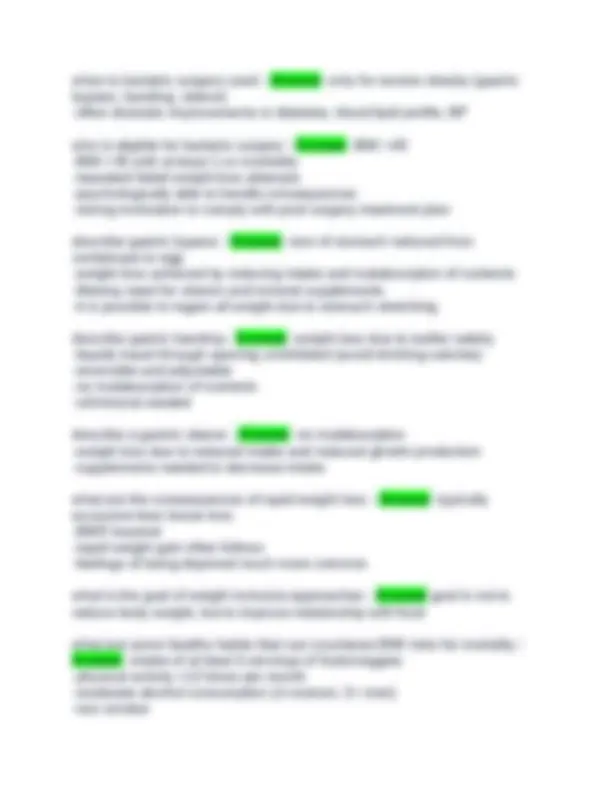
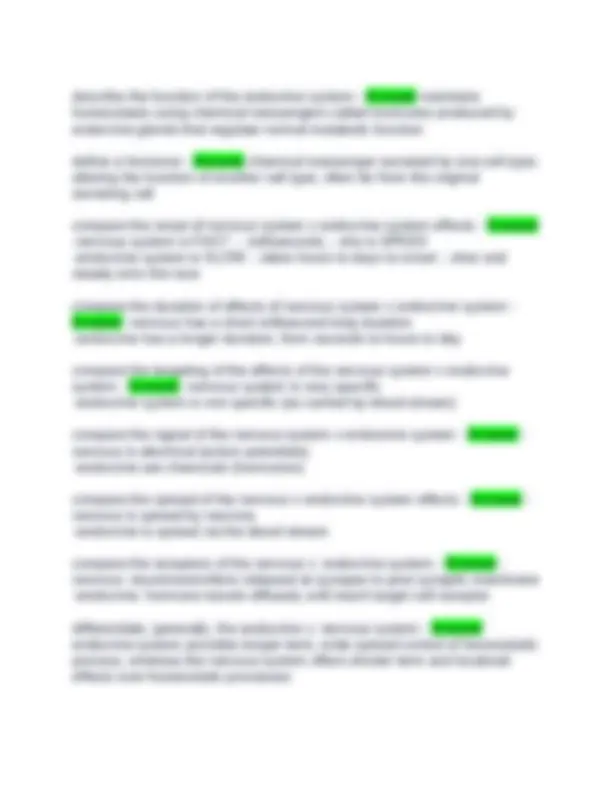
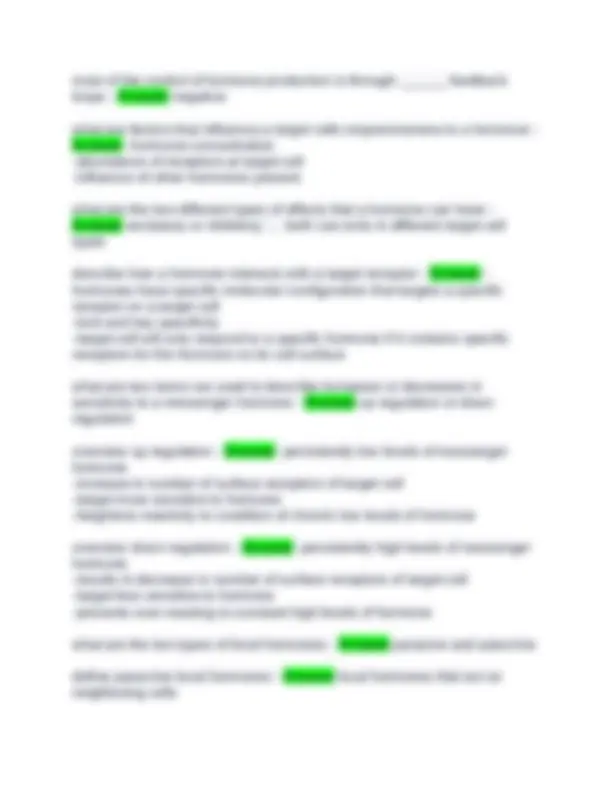
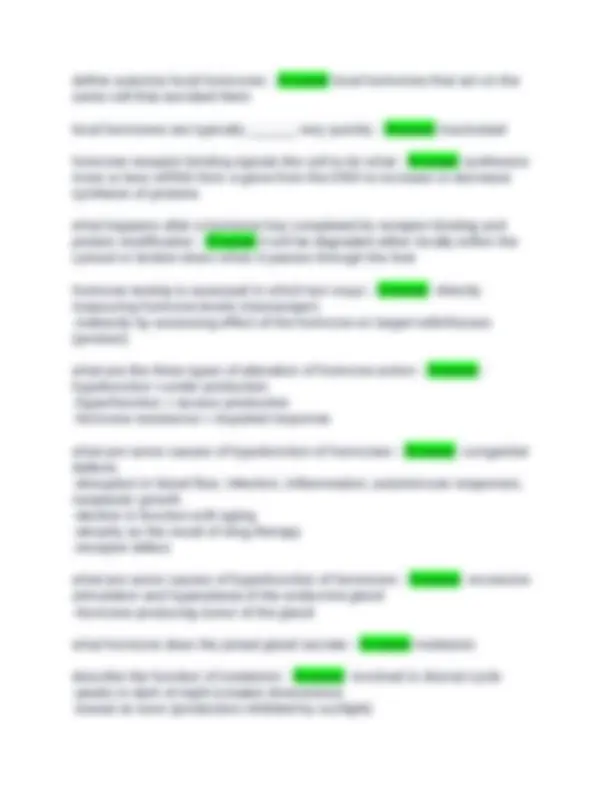
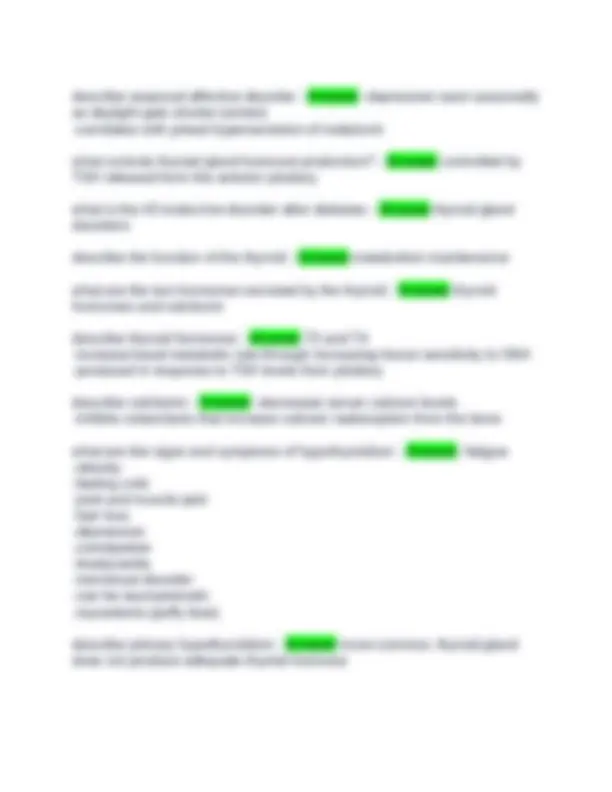
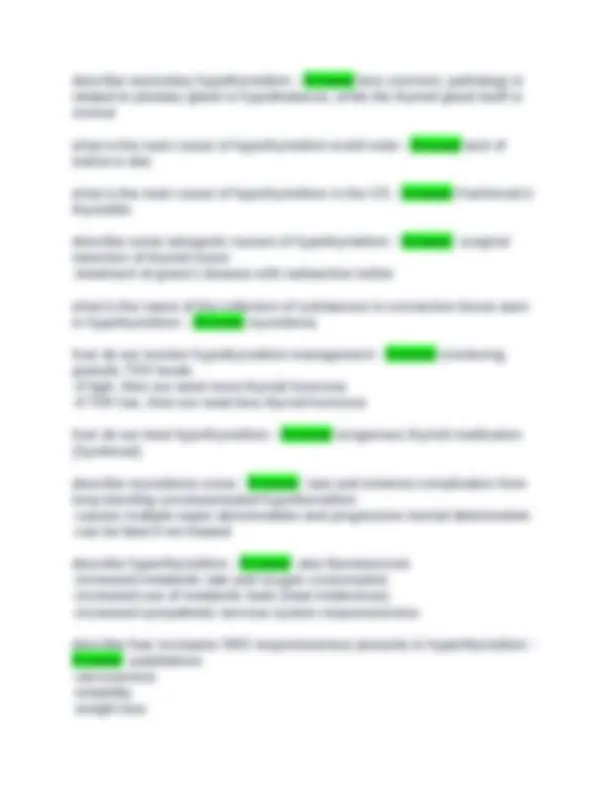
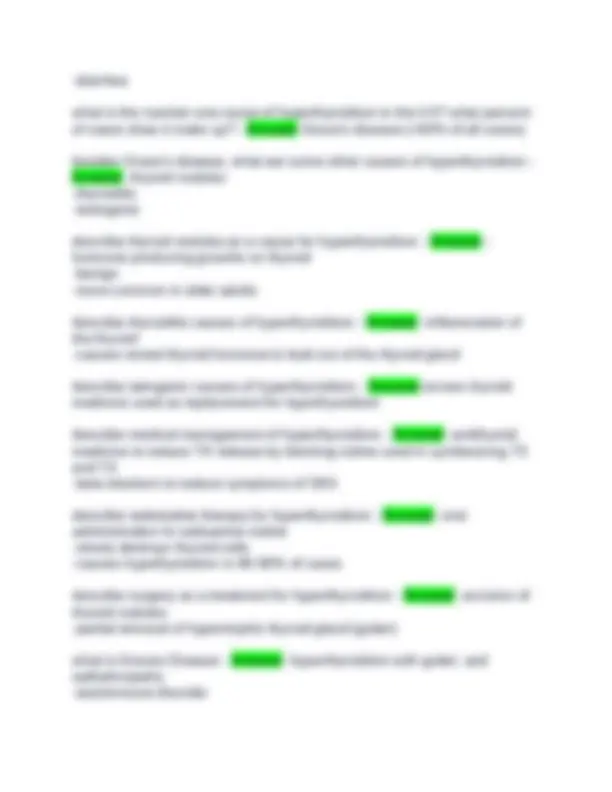
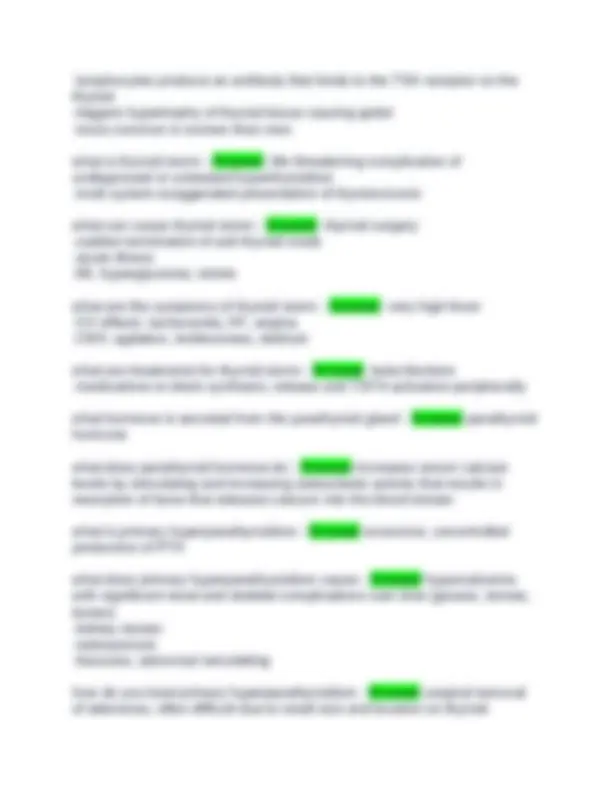
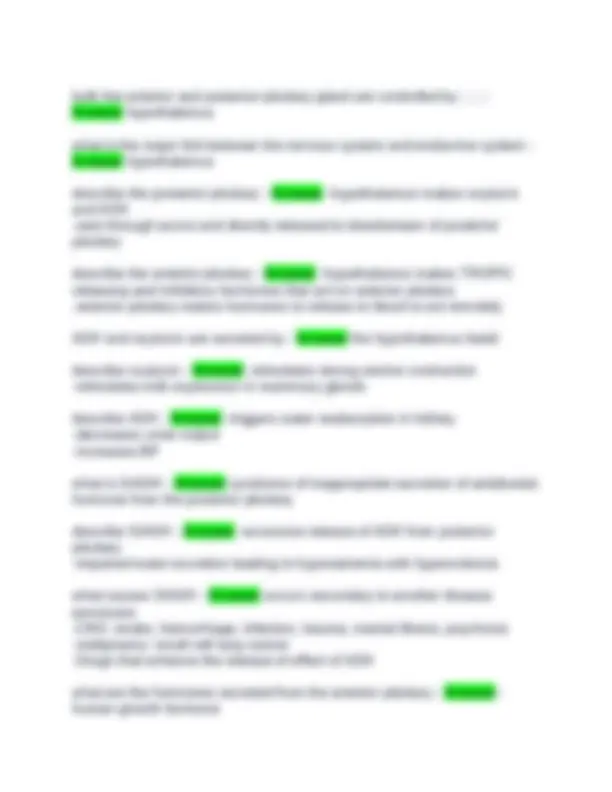
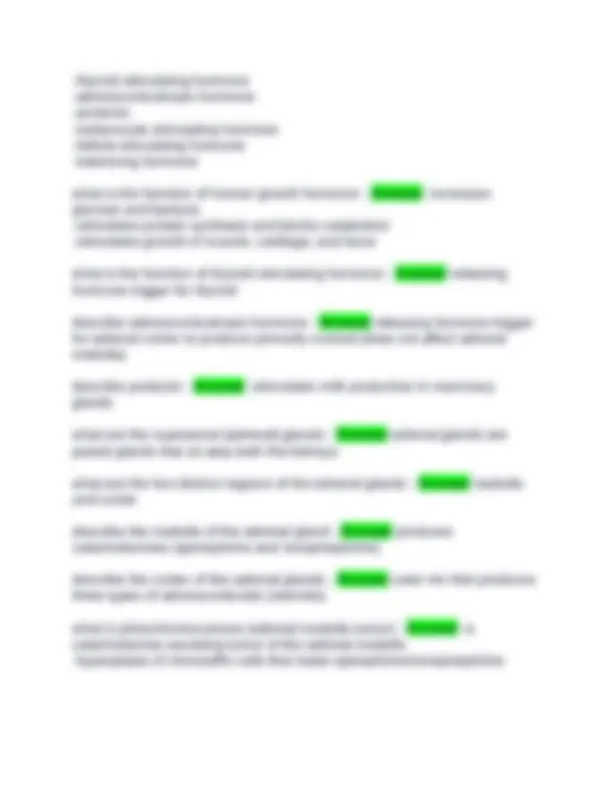
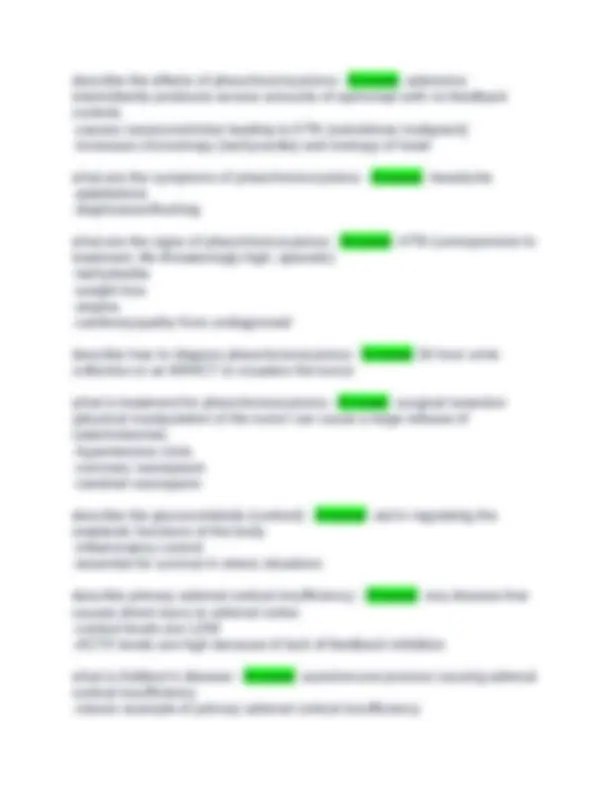
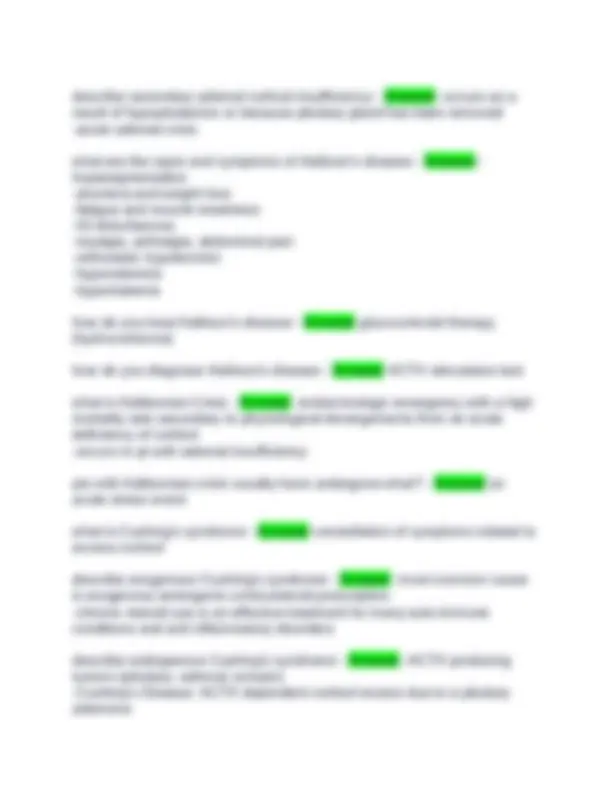
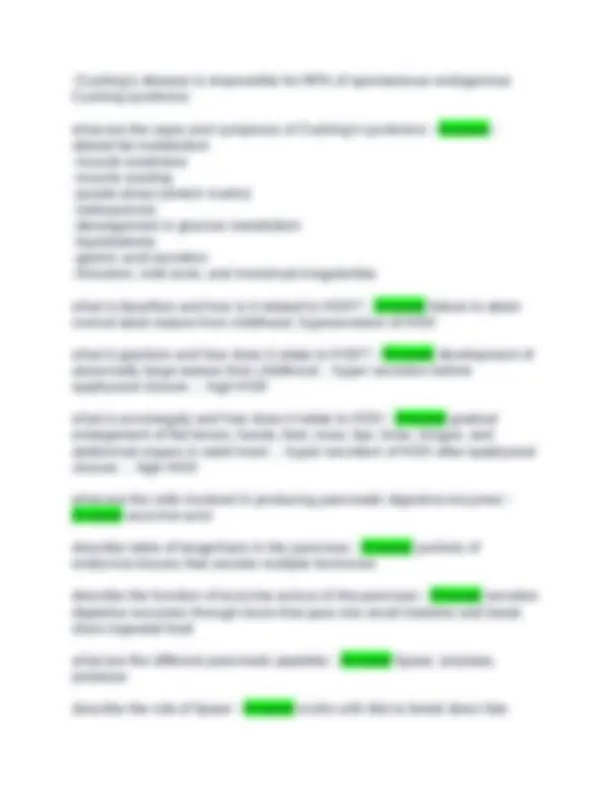


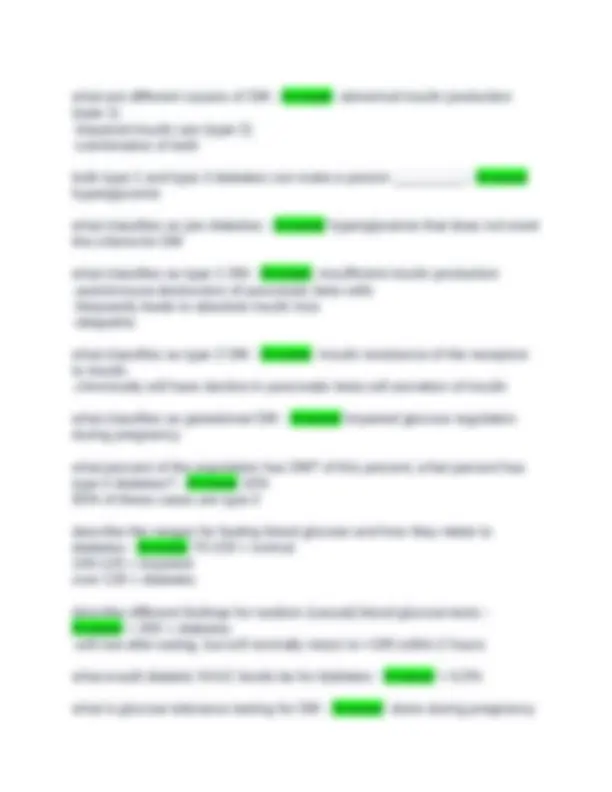
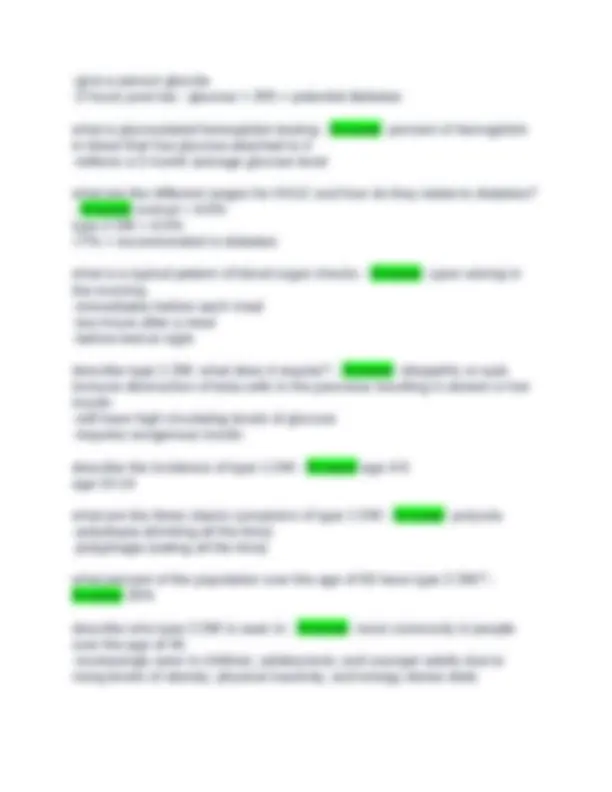
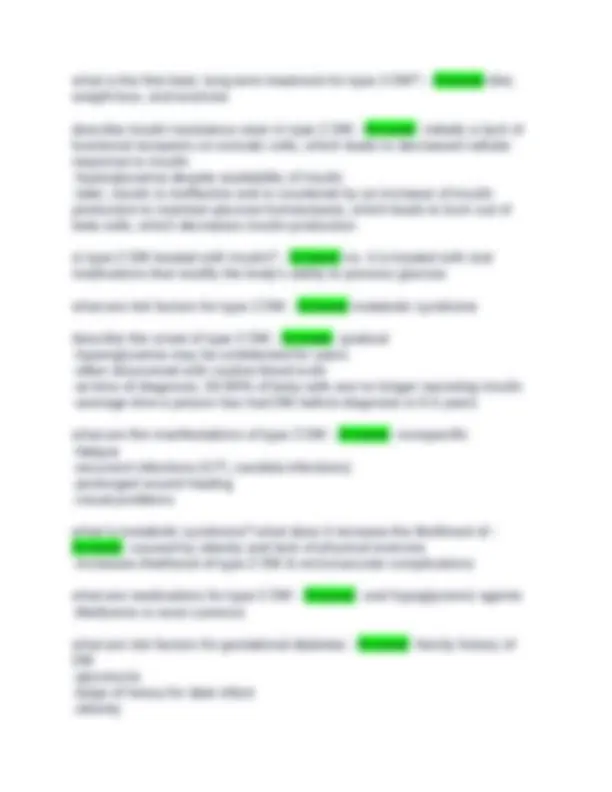
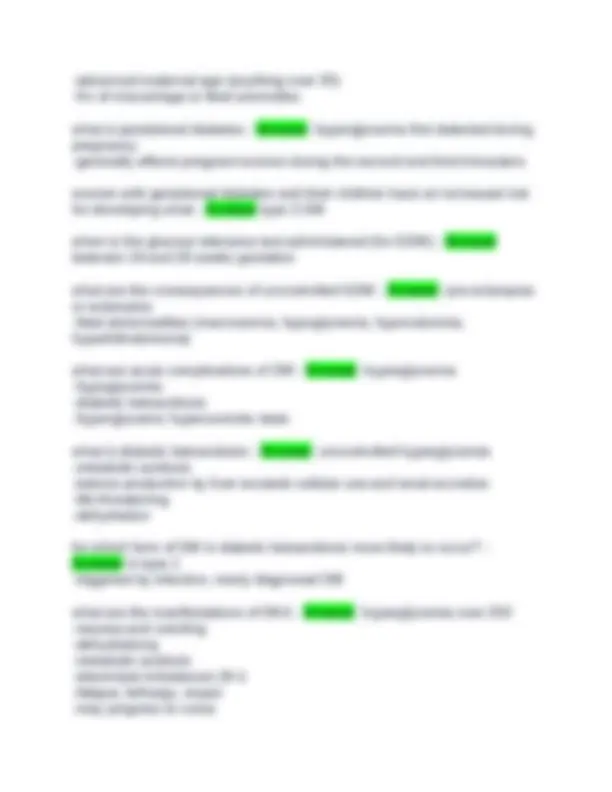
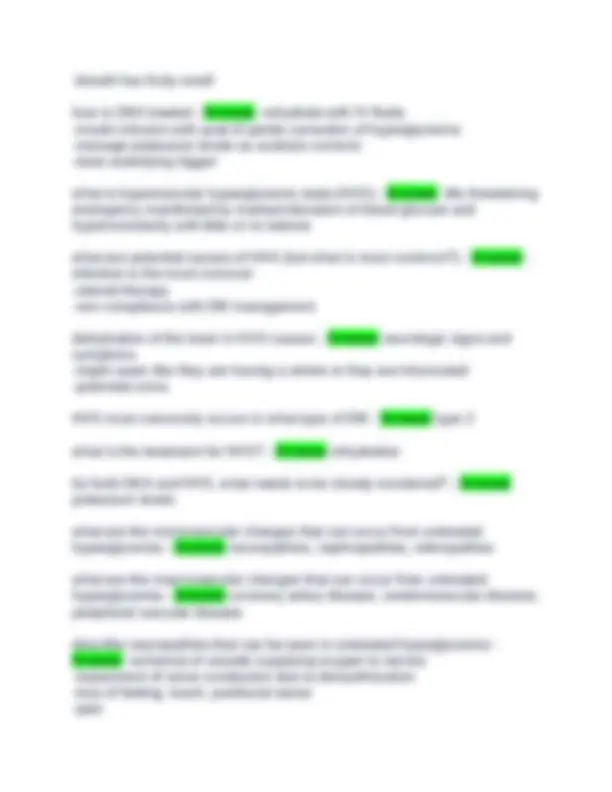
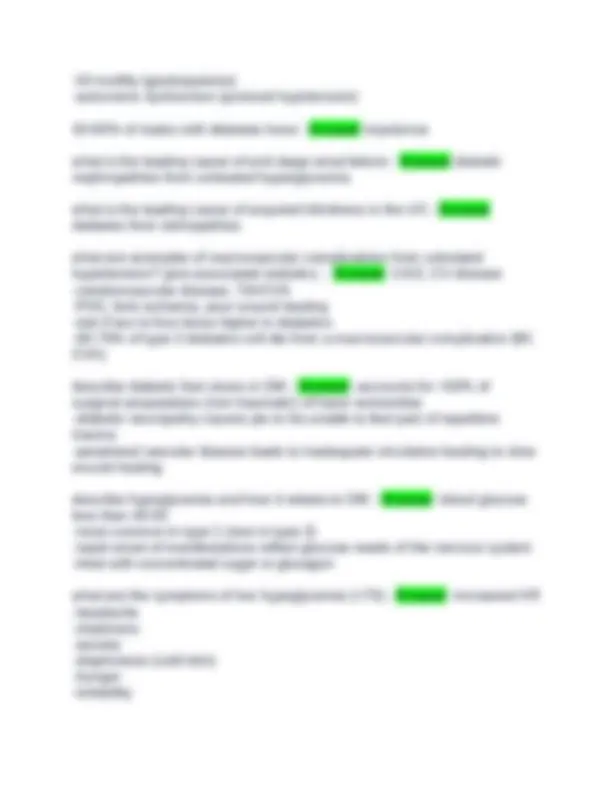
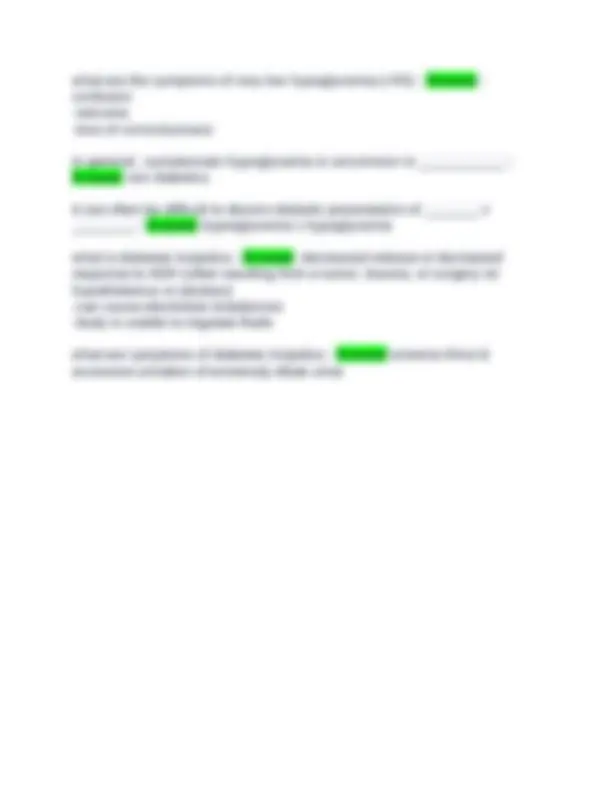


Study with the several resources on Docsity

Earn points by helping other students or get them with a premium plan


Prepare for your exams
Study with the several resources on Docsity

Earn points to download
Earn points by helping other students or get them with a premium plan
Community
Ask the community for help and clear up your study doubts
Discover the best universities in your country according to Docsity users
Free resources
Download our free guides on studying techniques, anxiety management strategies, and thesis advice from Docsity tutors
Effective communication is a critical skill in the workplace, enabling individuals to convey information, collaborate with colleagues, and resolve conflicts. The key aspects of workplace communication, including the importance of active listening, clear and concise language, nonverbal cues, and adapting communication styles to different audiences. It also discusses the challenges of communication in diverse and remote work environments, and provides strategies for improving communication skills to enhance productivity, teamwork, and professional development. By understanding the principles of effective communication, individuals can strengthen their ability to navigate the complexities of the modern workplace and contribute to the success of their organization.
Typology: Exams
1 / 61

This page cannot be seen from the preview
Don't miss anything!






















































normal metabolism requires _____ supply - Answer oxygen myocardial ischemia is defined as - Answer insufficient oxygen supply what are contibutors to myocardial oxygen supply - Answer -patency of coronary arteries -hemoglobin -fraction of inspired oxygen in the blood what are the etiologies of decreased myocardial oxygen supply - Answer - atherosclerosis (#1) -vasospasm -emboli -anemia -hypoxia what is the formula for expression of myocardial oxygen demand - Answer expression of demand = (MVO2) Myocardial oxygen consumption what are the factors of myocardial oxygen consuption - Answer -HR (cronotropy) -ventricular contractility (inotropy) -wall stress (preload and afterload) what are some etiologies of increased myocardial oxygen demand - Answer -tachycardia -thickened LV wall (LVH) -increased systemic activity where do the coronary arteries originate - Answer root of the aorta near the aortic valve
perfusion (filling) of the coronary arteries occurs during which phase of the cardiac cycle - Answer diastole the myocardium uses which percentage of the oxygen delivered to the muscle - Answer 70% (very high O2 extraction) describe coronary venous drainage - Answer coronary sinus drains coronary veins to the right atrium where is the coronary sinus located - Answer posterior to the AV groove describe the location of the coronary arteries - Answer they lie on the surface of the heart what are the two main coronary arteries - Answer left main and right coronary artery what arteries does the left main artery give rise to - Answer left anterior descending and left circumflex what does the right coronary artery give rise to - Answer posterior descending artery what structures does the left anterior descending artery supply - Answer - anterior wall of LV (60% of contractility) -LA (>50%) -anterior 2/3 of interventricular septum -apex -papillary muscle what does the left circumflex artery supply - Answer posterior-lateral walls of the left ventricle and atrium what does the right coronary artery supply - Answer -most of right atrium and right ventricle -SA node -AV node -bundle of His
5.) fibroatheroma formation 6.) lesion exposure / rupture describe fibroatheroma creation - Answer fibrotic/calcific layer (cap) forms over extracellular lipid core describe the lesion exposure / rupture step of atherosclerotic lesion development - Answer -rupture -platelets activated -thrombosis may occlude partially or totally; can also break off and embolize what are the different types of atherosclerotic plaques - Answer stable (fixed obstruction of blood flow) and unstable (can rupture and become emboli) what are the risk factors for coronary artery disease - Answer -gender (M:F 3:2) -hypertension (BP > 130/90) -diabetes -heredity -high cholesterol -smoking -obesity -physical inactivity describe gendered risks for coronary artery disease - Answer -men > 40 -post menopausal women describe how diabetes can put you at risk for coronary artery disease - Answer -increased LDL and triglycerides -decreased uptake of LDLs by the liver -increased inflammatory chemokines describe hereditary risks for coronary artery diease - Answer positive for first generation family member
describe how high cholesterol can be a risk factor for coronary artery disease - Answer -total cholesterol > -high LDL describe how smoking can increase risk of coronary artery disease - Answer -increases LDL -damages endothelium of coronary vessels -vasoconstricts coronary arteries what is the mnemonic for risk factors of atherosclerosis - Answer Bmi > 30 Age > 65 DM Hypertension Etoh A bad lipoprotein profile Relatives Tobacco what is angina - Answer chest pain associated with myocardial ischemia or infarction what is ischemia - Answer transient, reduced/inadequate blood flow that does not cause cell death what is infarction - Answer permanent, no blood flow, causes cell death what are the different types of angina - Answer -stable -unstable -variant/prinzmetal -silent ischemia what is stable angina - Answer occurs with exertion & relieved by rest what is unstable angina - Answer chest pain unrelieved with nitroglycerine or rest; may crescendo (increase) what is variant/prinzmetal angina - Answer caused by coronary artery vasospasm; occurs at rest with or without precipitating factors
-fibrous caps that have not ruptures describe the presentation of chronic stable angina - Answer -intermittent anginal episodes brought on by exertion -brief duration (<10 min) chest pain -may recover over a long period with same pattern of exertion onset, duration, and intensity -resolves with rest why does chronic stable angina resolve with rest - Answer fixed flow-limit allows adequate supply when at rest people with chronic stable angina only experience symptoms when? - Answer in the setting of exertion is chronic stale angina an ischemic or infarction condition? - Answer ischemic describe the EKG of a chronic stable angina patient - Answer -little or no EKG changes -minimal ST segment depression or T wave inversion -EKG returns to baseline when the pain is relieved what are the cardiac markers for chronic stable angina - Answer none! trick question! is chronic stable angina a true acute coronary syndrome emergency? - Answer nope describe the plaques found in unstable angina - Answer -unstable plaques with fibrous caps that rupture -90% occlusion (but still sub-total); without infarction describe the presentation of unstable angina - Answer -can experience it at rest -cannot tolerate much or any exertion -episodic chest pain secondary to plaque rupture and ischemia but for durations <30 minutes
describe the flow of unstable angina - Answer -fixed-flow is barely adequate at rest due to rupture and thrombus formation -severely decreased supply, but not zero is unstable angina ischemia or infarction - Answer ischemia describe the EKG changes in unstable angina - Answer -ST segment depression and/or T wave inversion -no ST elevation -EKG usually returns to baseline if pain is relieved describe cardiac markers of unstable angina - Answer little to no cardiac marker elevation is unstable angina an emergency? - Answer considered an urgent event that has the potential to become emergent what is NSTEMI - Answer non ST segment elevation myocardial infarction; platelet aggregation and thrombus formation at rupture site describe the presentation of NSTEMI - Answer -near-total (100%) occlusion (but still sub total) -experience angina at rest; intolerant of exertion -episodic chest pain from unstable plaque rupture with infarction -influenced by blood flow characteristics -lasting longer than 30 minutes describe some causes in blood flow changes that can cause NSTEMI - Answer sudden surge of SNS activity or hemodynamic stress is NSTEMI ischemia or infarction? - Answer ischemia at rest that has progressed to infarction .. infarction is non transmural what are the EKG changes of NSTEMI - Answer -ST segment depression and/or T wave inversion -no ST elevation -returns to baseline if pain is relieved what are the cardiac markers of NSTEMI - Answer positive "spill" of cardiac markers
myocardial cells can withstand ischemic conditions for approximately how long? - Answer 20 minutes describe infarction changes - Answer -irreversible cell death and impaired contractility -physical changes begin to occur in the heart 3-6 hours after infarction what stimulates MI - Answer catecholamine release, which stimulates the SNS stimulation of the SNS during MI causes - Answer -diaphoresis -vasoconstriction or peripheral blood vessels -skin appears ashen, clammy, and cool to the touch MI can rapidly progress to - Answer heart failure describe the pathogenesis of MI over 24 hours - Answer -within 24 hours, leukocytes infiltrate the area of cell death -fever -systemic inflammatory process caused by myocardial cell death describe day 4 of MI pathogenesis - Answer proteolytic enzymes of neutrophils and macrophages remove necrotic tissue, making a thinner wall describe what happens past day 4 of MI - Answer -collagen matrix laid down and cardiac remodeling occurs -repair NOT regeneration does repaired heart tissue have functionality? - Answer no... it has little to no compliance or recoil describe Q waves seen in MI - Answer -develop within 2 hours of onset of MI, thought can take 12-24 hours to appear -remain forever and will show in the pattern of infarct distribution -sign of old MIs STEMI are commonly referred to as - Answer Q wave MIs NSTEMI are commonly referred to as - Answer Non-Q MIs
describe the potential dysrhythmias that can occur in the first 24 hours of MI - Answer -PVC can progress to Vtach and Vfib -most common complication in sudden death -life-threatening dysrhythmias seen most often with anterior MI dysrhythmias are present in ______% of patients with MI - Answer 80% besides dysrhythmias, what else can occur within the firsdt 24 hours of an MI - Answer cardiogenic shock from acute LV failure describe cardiogenic shock - Answer -hypotension (from cardiac tissue ischemia to end-organ tissue ischemia) -flash pulmonary edema (acute RHF) -reflexive tachycardia what are complications of MI that can occur days 1-31 - Answer - ventricular septal defects -free wall rupture -papillary muscle rupture describe ventricular septal defect complications of MI - Answer -rupture through interventricular septum -L to R shunt of blood causes a murmur -likely death describe free wall rupture complication of MI - Answer -blood escapes to pericardial space -leads to cardiac tamponade -death without intervention describe papillary muscle rupture complication of MI - Answer -makes mitral valve incompetent -mitral regurgitation -holosystolic murmur what are the complications that can occur on days 3-14 after MI - Answer acute pericarditis describe acute pericarditis complication of MI - Answer -inflammation of pericardium
kinda dated, but oxygen and aspirin remain at first line why are morphine and nitroglycerine not used as much for MI? - Answer can induce hemodynamic alterations that can worsen conditions what are treatments for MI and ischemia of the heart - Answer -aspirin -thrombolytic therapy delivered via IV nor direct cardiac cath administered -interventional cardiac catheterization -coronary artery bypass grafting what are some way interventional cardiac catheterization can happen - Answer -balloon dilation -atherectomy -stenting describe a coronary artery bypass graft - Answer -open heart surgery -requires cardiac cath to define disease and determine viability -cardiac catheter interventions always preferred if amenable what are cardiomyopathies - Answer disease of the myocardium that can lead to ventricular hypertrophy or dilation ... associated with electrical and/or mechanical dysfunction what are the different classifications of cardiomyopathies - Answer primary and secondary describe primary cardiomyopathies - Answer -confined to the myocardium -usually genetic disorder, but may take years to present describe secondary cardiomyopathies - Answer -myocardial changes that occur with multisystem dysfunction -often associated with recreational drug use -consequence of cancer treatments -associated with ischemia describe hypetrophic cardiomyopathy - Answer -unexplained engagement of the LV -disproportionate thickening of the inter-ventricular septum -myocyte hypertrrophy and increased cardiac fibrosis
-may contribute to an outflow tract obstruction describe the physiology of hypertrophic cardiomyopathy - Answer -reduced LV cavity size -potential outflow obstruction -angina in chest in the absence of CAD describe dilated cardiomyopathy - Answer -common cause of heart failure -leading indication for cardiac transplant what are some causes of dilated cardiomyopathy - Answer -genetics -infection -alcohol -chemo describe the physiology of dilated cardiomyopathy - Answer -ventricular cavity enlargement bu thin ventricle wall muscle -impaired systolic dysfunction (ejection fraction <25%) and abnormal wall motion what are manifestations of dilated cardiomyopathy - Answer -dyspnea -orthopnea -reduced exercise capacity -ventricular thrombus formation what is peripartum cardiomyopathy - Answer -heart failure in last month of pregnancy to 5 months post-delivery -no identifiable cause of heart failure -evidence of systolic dysfunction what are the risks of peripartum cardiomyopathy - Answer -african american women -multiple pregnancies -maternal age > 35 -multiple fetuses what is Takotsubo cardiomyopathy - Answer -stress cardiomyopathy -occurs in response to profound psychological stressors -AKA broken heart
where is the AV node located - Answer lower portion of the RA what is the function of the AV node - Answer -delays passage of electrical impulse to the ventricle -passes impulses through the bundle of His what is the delay in the AV node responsible for - Answer coordinated contracting of both atrium first to prime the filling of the ventricles before they pump describe the bundle of His - Answer -separate into R and L bundle branches -conducts impulse toward the apex of heart -bundle branches pass impulses to purkinje fibers the left bundle branch sends impulses to - Answer left ventricular contraction the right bundle sends impulses for - Answer right ventricular contraction describe purkinje fibers - Answer -initiates ventricular conduction -once impulse enters this system, it spreads immediately to the ventricle -APs move upward from apex what is an action potential - Answer brief reversal of electric polarity ACROSS the cell membrane how does an action potential occur - Answer movement of ions in and out of the cells what are the main ions involved in an action potential - Answer sodium, potassium, calcium describe depolarization in an action potential - Answer moving from negative to less negative (positive) ... causing contraction describe repolarization in an action potential - Answer moving towards more negative ... relaxation
describe the threshold for action potentials - Answer polarity must depolarize to a threshold level for contraction of occur what does the P wave represent in an EKG - Answer atrial depolarization ... not the SA node firing what does the QRS complex represent in an EKG - Answer depolarization of ventricles what does the T wave represent in an EKG - Answer repolarization of ventricles describe the PR interval - Answer impulse arrives in AV node, impulse passes bundle of his, impulse passes bundle branches, impulse passes Purkinje fibers describe the ST interval in an EKG - Answer ventricular ejection what waves are involved in ventricular filling / diastole - Answer P wave, PR interval, half of ST interval what waves are involved in systole - Answer QRS complex, part of ST interval what are different types of disorders that can occur in the cardiac conduction system - Answer -disorders of rhythm -disorders of impulse conduciton what are the potential causes of disorders of the cardiac conduction system
describe sick sinus syndrome - Answer disorder of SA node caused by impaired pacemaking ability what are some causes of sick sinus syndrome - Answer -fibrotic changes with age -damage from ischemia -atrial dilation from valvular or heart failure what does sick sinus syndrome produce - Answer -constellation of abnormal rythms -atrial bradyarrythmia -atrial tachyarrythmia -altering with tachycardia often referred to as tachy-brady syndrome what are the symptoms of sick sinus syndrome - Answer palpitations and tissue under-perfusion leading to fatigue, lightheadedness, pre-syncope, and syncope what is treatment for sick sinus syndrome - Answer when truly symptomatic (especially bradycardia), often requires a pacemaker what are ectopic beats - Answer PACs (premature atrial contractions) and PVCs (premature ventricular contractions) describe ectopic beats - Answer if isolated and infrequent, can help be benign and most only produce palpitations describe a premature atrial contraction - Answer normal rate and rhythm, but an extra premature impulse initiated in the atrium but NOT by the SA node since the SA node is not the initiator in a PAC, what can be seen in an EKG
-extra premature impulse initiated by purkinje fibers in ventricles -P wave absent -QRS dysmorphic (widened/bizarre) what do PVCs cause - Answer since they occur early before a regular heart beat, it causes a compensatory pause before the next normal beat can initiate what are the different patterns of PVCs - Answer -bigeminy: every other complex -trigeminy: every third complex -couplets: two in a tow -triplets: three in a row if PVCs are limited in frequency and asymptomatic, they are usually considered - Answer benign describe uni-focal PVCs - Answer when all PVCs look alike, they are monomorphic and usually initiated by the same focus area of the ventricle describe multifocal PVCs - Answer stimulus occurring from different foci in the ventricle area ... typically more concerning than monomorphic occasional, random, scattered ectopy without symptoms are almost always considered - Answer benign ... usually caused by heightened sympathetic tone what are common treatments for PVCs or PACs - Answer -usually none -stope caffeine -reduce stress -treat sleep apnea -low dose beta blocker (last resort) describe atrial fibrillation - Answer -supraventricular rhythm -multiple uncoordinated ectopic sites firing atrial contractions -SA node not managing HR describe the EKG presentation of Afib - Answer -no discernable P wave -baseline appears jagged and random -irregularly irregular heart beat (seen as variable R to R)